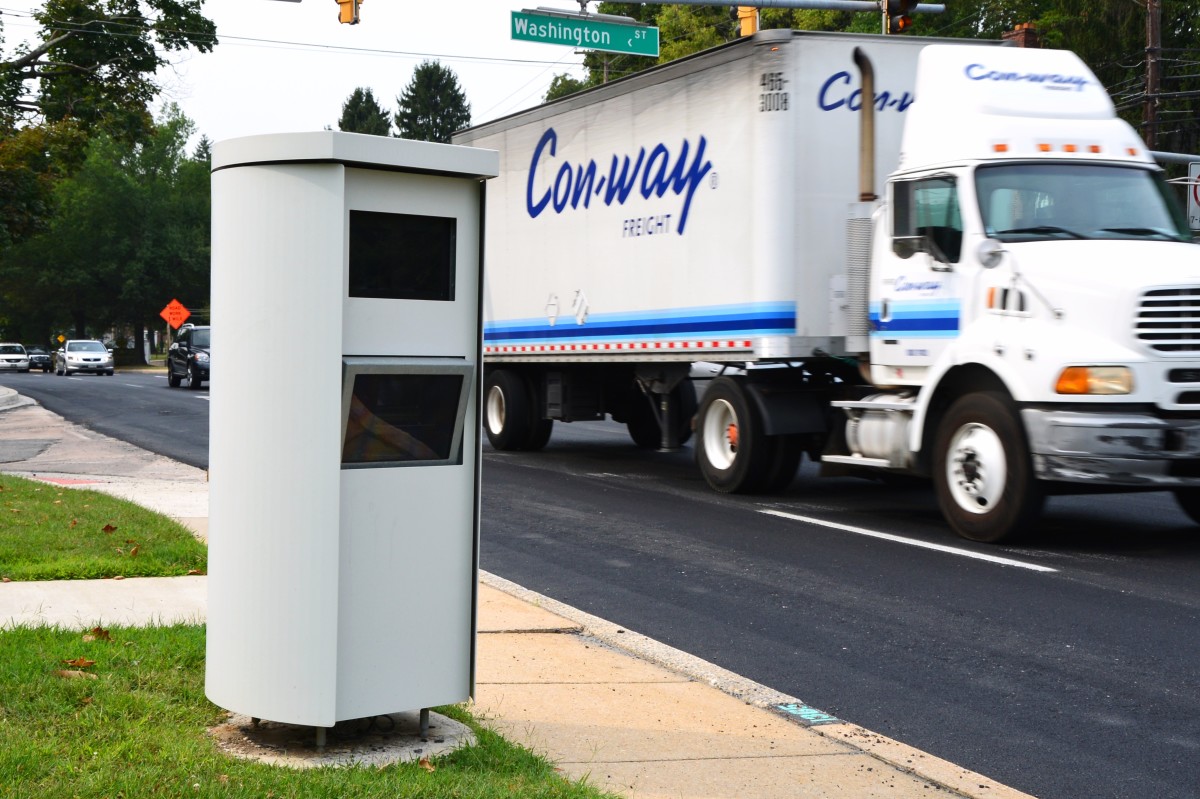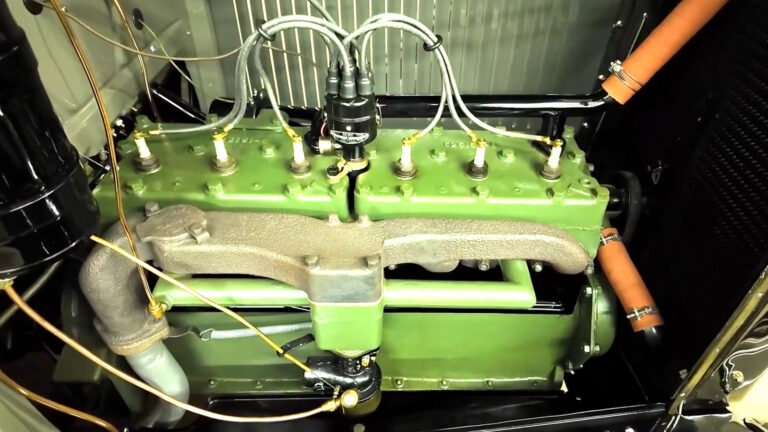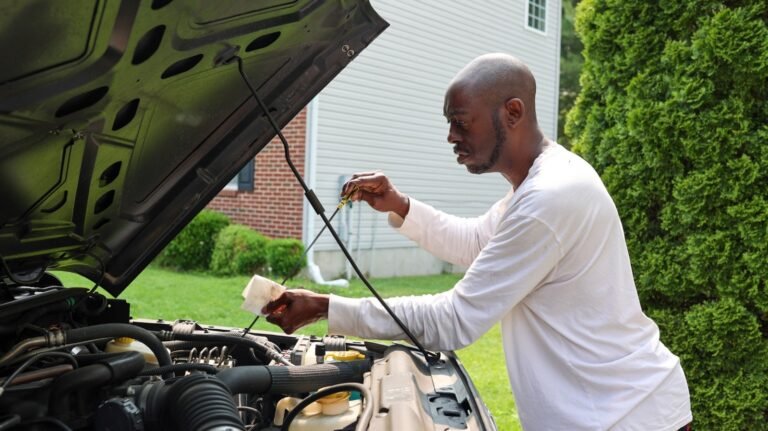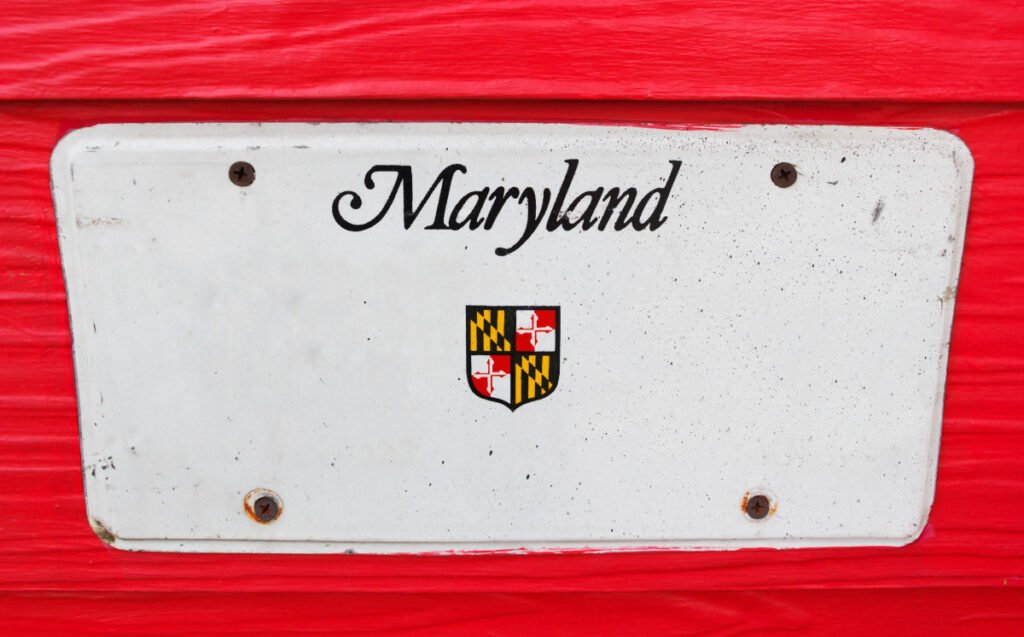
Driving through Maryland soon? Be aware of several new laws
Maryland has introduced a plethora of new traffic laws that took effect on October 1, increasing penalties in key areas for non-commercial and commercial drivers, helping residents display their disability status on their license, and introducing changes to the state’s traffic camera enforcement. Additionally, Maryland altered how tow companies can inform drivers of a towed vehicle’s location and brought back a specific vintage reproduction plate.
Maryland cracks down on reckless and aggressive driving with strengthened penalties
Driving 30 mph or more over the speed limit is now labeled reckless driving in Maryland, and penalties can include up to 60 days in jail, a $1,000 fine, and six license points. Negligent driving penalties have also been increased to a $750 maximum fine, two license points, and more consequences if a crash is involved, according to Herald-Mail Media.
The list of offenses for aggressive driving, which is classified as a minimum of three traffic violations during a single, continuous driving period, has been expanded in Maryland to include:
- Driving on the left in a no-passing zone
- Failing to stop for a pedestrian in a crosswalk
- Overtaking and passing a car stopped for a pedestrian in a crosswalk
- Overtaking and passing a school vehicle stopped with active alternating lights
- Skidding or spinning wheels and excessive road noise
- Diesel emissions discharged onto another vehicle
- A motorcycle overtaking and passing another car in the same lane
- Motorcycle line riding
Maryland increases offenses for impaired driving and leaving crash scenes
Regarding commercial drivers, Maryland’s MVA must now suspend commercial driving privileges for at least one year if a party — either with a full commercial license or permit — is convicted of driving with a blood alcohol concentration (BAC) of at least 0.04 behind the wheel of a commercial vehicle or at least 0.08 while operating a non-commercial vehicle. Repeat violations can result in a lifetime ban, and penalties may increase if a driver is transporting hazardous materials.
The MVA also now revokes the license of any motorist who either drives impaired and causes a crash or leaves the scene of a collision that results in a fatality or life-threatening injury to another person. Those convicted can reapply for a license after five years, or two years if they meet strict criteria.
Maryland ups the ante on its speed camera laws
Previously, Maryland charged speed camera violators a flat fee of $40, but now, convicted drivers face a sliding scale ranging from $50 for traveling 12-15 mph over the limit to $425 for speeding by 40 mph or more.
Webster University adjunct professor William Hall said, “There have been lots of court decisions and many statutes relating to how, when, and where automated cameras can be used to catch traffic violators. The courts in some jurisdictions, like Missouri, have found automated citations to be unconstitutional. However, most courts, including courts in Maryland, that have addressed challenges to red light and speed cameras have found they did not violate the constitutional rights of drivers,” Newsweek reports.
Vintage license plate enthusiasts receive positive news
While many of Maryland’s new driving laws taking effect October 1 increase penalties, the state is also reintroducing the approval of 1910 vintage reproduction license plates for qualifying vehicles, which are available as vanity and handicap plates. Qualifying vehicles are Class A, E, L, M, and N — and the plate’s appeal is rooted in a classic black-on-yellow design reflecting Maryland’s early automotive history. The initial plate costs $100, with annual registration running $25.
Maryland drivers’ licenses gain an optional hidden disability symbol
Marylanders can now reflect their hidden disability status by adding a butterfly symbol to their driver’s license, moped permit, or ID card. The symbol aims to mitigate unnecessary stress and miscommunication that can occur between police and those with hidden disabilities during routine traffic stops.
MDOT/MVA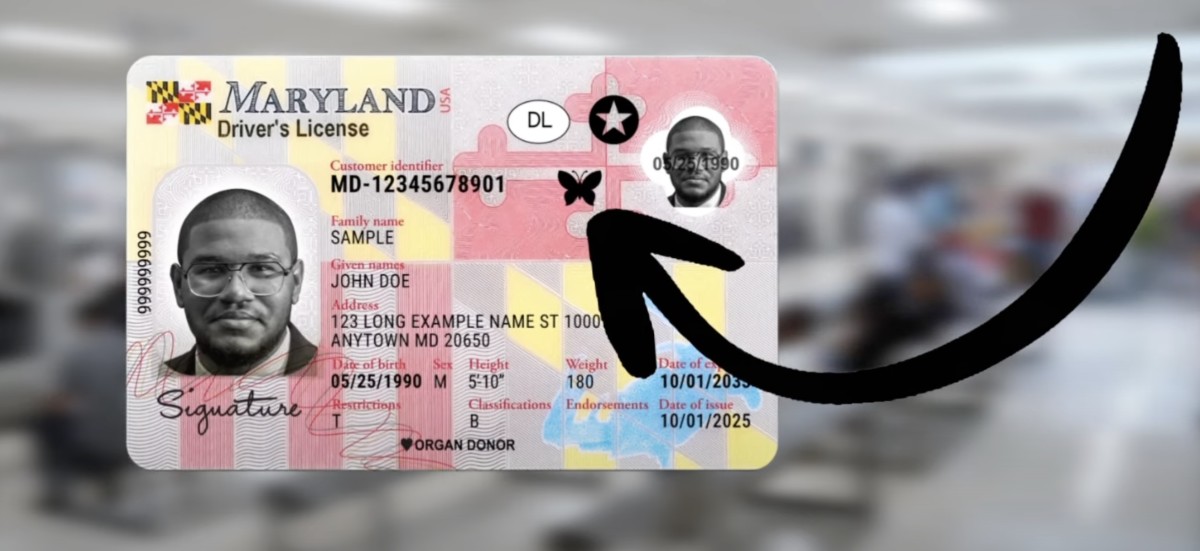
Drivers with towed vehicles can now receive electronic updates
Getting your vehicle towed is stressful, and not knowing where it went inevitably makes the situation worse. However, starting October 1, Maryland has granted towing companies and police the ability to inform drivers of their towed vehicle’s status electronically via the MVA. Previously, towing companies had to notify drivers of their vehicle’s location via mail within seven days, slowing the process.
Final thoughts
Maryland is the latest example of how many U.S. states are taking action to reduce the likelihood of reckless, negligent, and impaired driving. Additionally, federal road safety organizations, such as the IIHS (Insurance Institute for Highway Safety), are suggesting some of the exact changes Maryland is making. In August, the IIHS advocated that the U.S. follow Canada’s lead by expanding the use of traffic enforcement cameras and increasing the stringency of laws related to BAC levels, distracted driving, and other issues. Despite differences between Canada and the U.S., the IIHS studied traffic fatalities in both countries from 2007 to 2021 and found that U.S. fatalities began increasing after 2011, while Canada maintained a declining trend.

